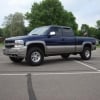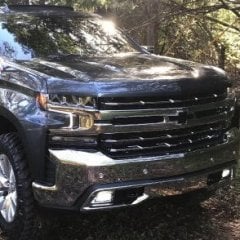Flex fuel conversion (everything you need to know)
-
Recently Browsing 0 members
- No registered users viewing this page.
-
Forum Statistics
247.6k
Total Topics2.6m
Total Posts -
Member Statistics
-
Who's Online 14 Members, 0 Anonymous, 2,202 Guests (See full list)

















Recommended Posts
Archived
This topic is now archived and is closed to further replies.